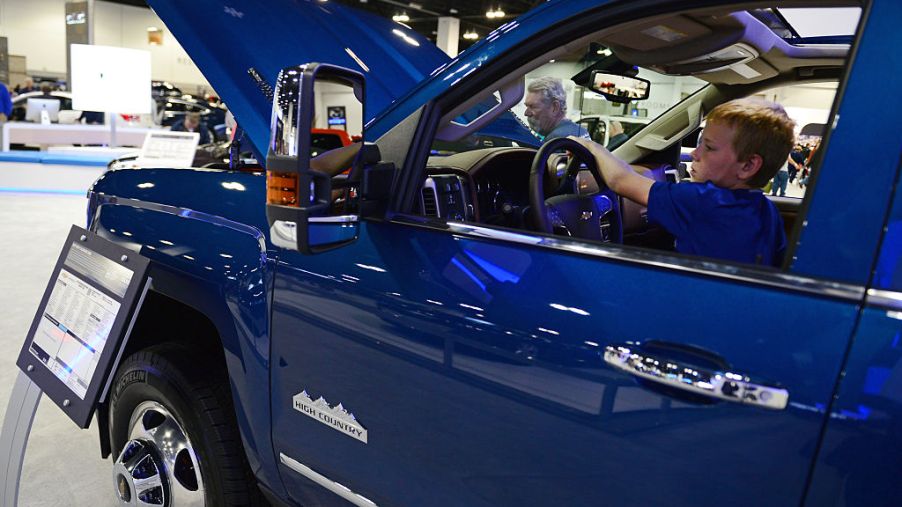
What’s the Difference Between a Mid-Size and Full-Size Truck?
Americans have plenty of options when they shop for a new pickup truck. Not only are there many brands available, but there are also many types of pickup trucks to choose from. Two of the most common types are mid-size and full-size trucks. Here’s how the two are different.
Mid-size vs. full-size power
As the names may imply, a full-size truck will likely have more power than a mid-sized truck. Of course, it depends on the make and model as well as the engine. However, according to Autotrader, in general, a full-size truck will have a far more powerful engine than a mid-size truck.
But, in terms of performance, a mid-size truck is usually as powerful as a full-size truck. Autotrader says most mid-size trucks will have similar performance figures as a full-size truck in terms of things like acceleration times. That’s because although a mid-size truck is smaller, automakers will generally give it a similar power-to-weight ratio as a full-size truck.
When it comes to towing and payload capacity, however, full-size trucks typically have an edge here. Full-size trucks are larger with a bigger engine, so they can typically haul a much larger load than a mid-size truck. Again, numbers vary based on the make and model, but Motor1 says most mid-size trucks can haul less than 7,000 pounds. Most full-size trucks will be able to haul over 10,000 pounds.
It’s a similar story for comparing payload capacity. Autotrader says many mid-size trucks can carry 1,500 pounds of cargo in the bed whereas full-size trucks can carry over 2,000 pounds of cargo. That said, Autotrader mentions most people won’t need to haul anything heavier than what a mid-size truck can carry, so a mid-size truck is good enough for most situations.
Spaciousness
Once again, the physical size difference between the two types of trucks means that a mid-size truck will have less room than a full-size truck will have. Mid-size trucks aren’t small trucks, but in terms of factors like legroom and headroom, a full-size truck will almost always be better than a mid-size truck.
The two types of trucks also have a significant difference between the room in the beds. A full-size truck will have a larger bed than a mid-size truck. This usually allows a full-size truck to easily accommodate larger objects like construction material more than a mid-size truck.
Price and fuel economy
Due to their capacity, full-size trucks tend to cost more than mid-size trucks. Motor1 says most mid-size trucks start in the $20,000 range; the more expensive ones start at $30,000. Full-size trucks, on the other hand, can start at twice this price range. That said, because full-size trucks tend to cost more to begin with, some automakers will outfit them with added features.
In terms of fuel economy, full-size trucks are at a disadvantage due to their size. Of course, it also depends on your engine choice, but generally, mid-size trucks will have a much better fuel economy.
For these reasons, both Autotrader and Motor1 say a mid-size truck is often good enough for what most Americans desire. However, if you need what a full-size truck offers or if you simply prefer a full-size truck, then they’re still a great buy if you can afford it.



